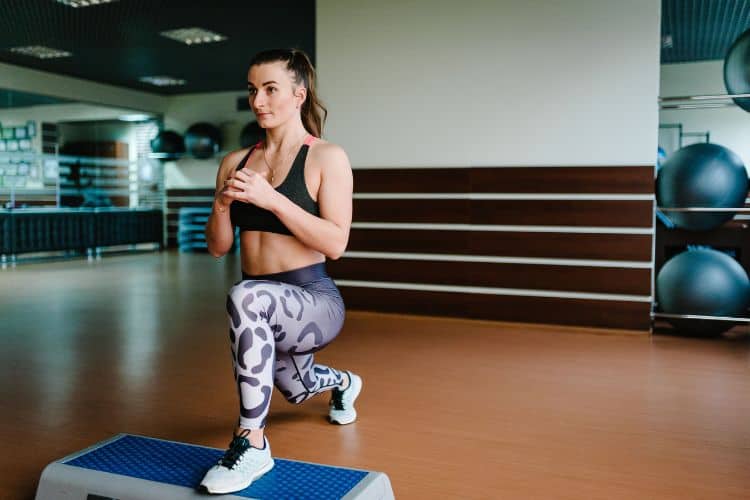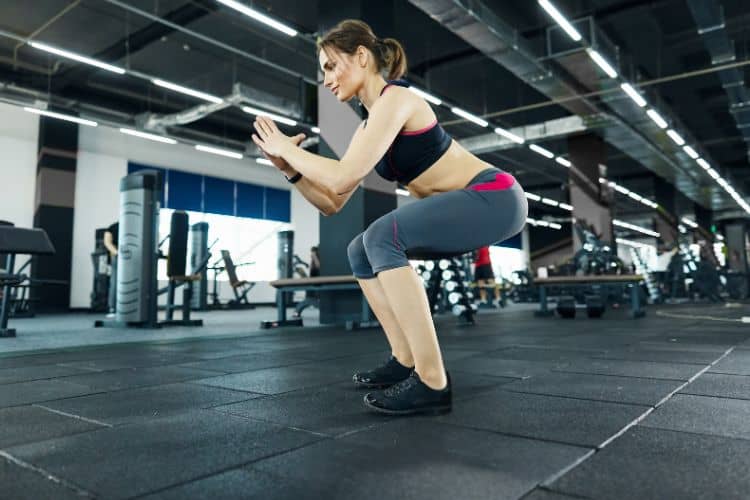Sign up for workout ideas, training advice, reviews of the latest gear and more.






If you’re short on time but want maximum results, 30-minute circuit training workouts offer an efficient way to burn calories, build muscle, and improve cardiovascular health. By moving quickly between exercises with minimal rest, circuit training keeps your heart rate elevated while targeting multiple muscle groups.
Whether you’re a beginner, intermediate, or seasoned fitness enthusiast, circuit workouts can be modified to suit your goals. They’re flexible, efficient, and can be performed at home or in the gym—no fancy equipment required.
Circuit training is a style of workout that involves performing a series of exercises back-to-back, with little to no rest in between. A circuit can include bodyweight movements, resistance training, cardio drills, or a combination of all three.
Although bodyweight-only circuits are effective, adding some basic equipment can increase intensity:
Choose what’s available to you and tailor the circuit to fit your environment.
A well-structured circuit training workout typically includes:
Each round contains 5–7 exercises, performed for 30–45 seconds with 15–30 seconds of rest. After completing one round, rest for 1–2 minutes before repeating.
Perfect for home workouts or when traveling, this no-equipment circuit hits all major muscle groups.
This strength-based circuit uses dumbbells to increase resistance and build lean muscle while maintaining a fast-paced tempo for fat burn.
High-Intensity Interval Training (HIIT) and circuit training make a powerful combo for fat-burning results.
This workout is great for toning and strengthening your glutes, hamstrings, and quads.
Proper technique reduces injury risk and ensures effective muscle activation.
Apps like Tabata Timer or Seconds Pro help manage intervals, especially when alternating between exercises.
It’s okay to scale exercises, especially if you’re just starting. Modify or pause when needed.
Note reps, weights, or modifications. Small improvements over time yield big results.
Hydrate before and after your session. A light pre-workout snack can boost energy and performance.
Circuit training is ideal for:
| Day | Workout Type |
|---|---|
| Monday | Full-Body Bodyweight Circuit |
| Tuesday | Lower Body Dumbbell Circuit |
| Wednesday | Rest or Active Recovery |
| Thursday | HIIT Bodyweight Circuit |
| Friday | Upper Body Dumbbell Circuit |
| Saturday | Core & Conditioning Circuit |
| Sunday | Rest or Light Stretching |
Jumping straight into high-intensity moves can lead to injuries. Always prep your muscles.
Too much or too little rest can reduce circuit effectiveness. Stick to structured intervals.
While circuit training includes cardio, incorporating strength-based movements is key for fat loss and muscle gain.
Doing the same workout every session leads to plateaus. Mix up the exercises, reps, or intensity.
Yes—30 minutes is more than enough if the workout is structured properly. Circuit training is designed to keep your heart rate elevated while hitting multiple muscle groups, offering both cardio and strength benefits in one go.
The key is to stay consistent, progress over time, and fuel your body to support your efforts. Whether you’re working out at home, at the gym, or outdoors, a circuit workout can easily fit into your lifestyle.
Start today and experience how just 30 minutes a day can transform your body and boost your confidence.
3–5 sessions per week is effective, depending on your goals and fitness level.
Yes, especially when paired with a calorie-conscious diet. The high intensity helps burn fat quickly.
Not necessarily. Many circuits are effective using bodyweight alone, but dumbbells or resistance bands can add variety and intensity.
HIIT focuses on short, intense bursts with rest, while circuit training emphasizes continuous movement through a set of exercises. Both can overlap in a workout structure.
Want more effective workouts?
Subscribe to our blog or follow us on Pinterest for new routines, challenges, and fitness tips!
Stay up to date on the latest women’s health, fitness and lifestyle trends and tips.